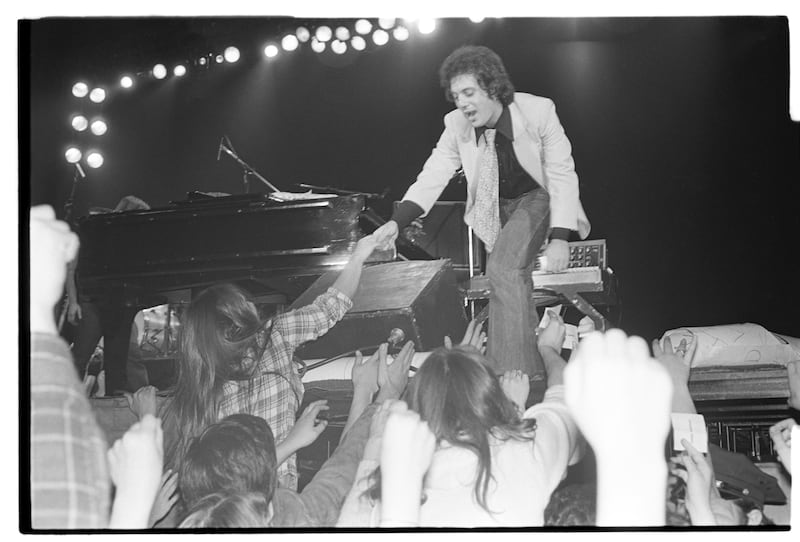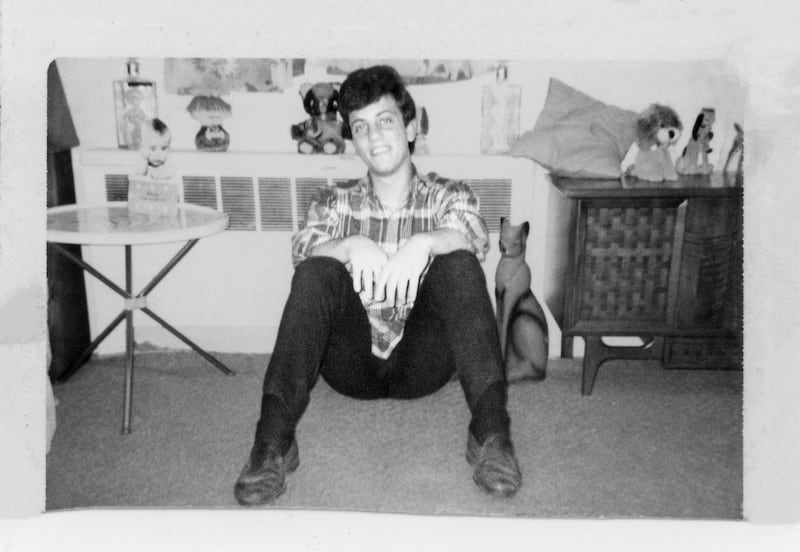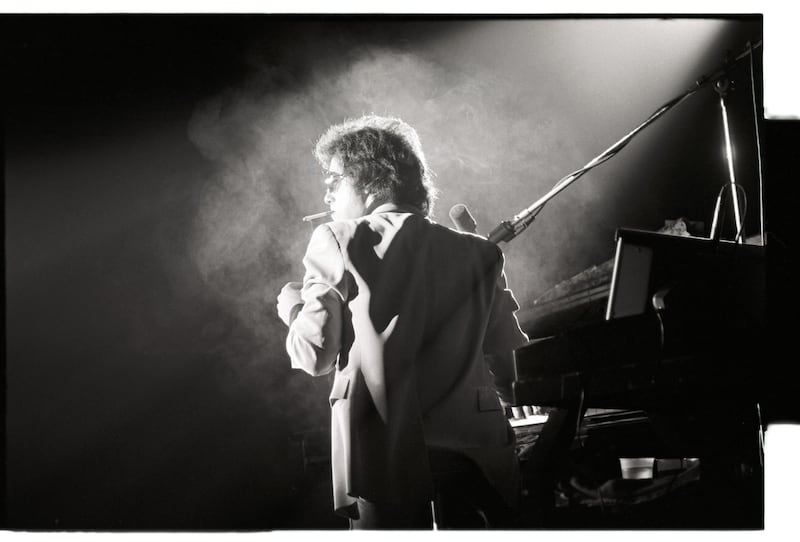So was Billy Joel just lying in wait all these years, until he could be more widely considered an American Master?
That’s not technically the designation he receives from Billy Joel: And So It Goes, a two-part, five-hour documentary airing on HBO over the next two Fridays. But directors Susan Lacy and Jessica Levin have profiled a variety of pantheon-level popular artists over the years, including on the PBS American Masters series, and their latest biographical doc gives Joel the same respectful, detailed treatment.
This reflects an overall cultural shift in attitude toward piano prodigy Joel, the Long Island singer-songwriter and hitmaker. Throughout his extended commercial peak of the late ’70s through the early ’90s, some considered Joel an opportunistic crowd-pleaser with at least one eye on the charts. (More Bon Jovi than Bruce Springsteen or Bob Dylan, in other words.) Despite his obvious facility with melody, plainspoken yet detailed lyrics, and the rock music of his youth, he was often left fuming at negative reviews.
Plenty of Joel’s pugnacious manner comes through in the documentary. It features extensive recent interviews with the man in (naturally) his Long Island mansion, with his current speaking voice landing somewhere in between Nescafe pitching duo George Clooney and Danny DeVito. But Lacy and Levin take care to make his work the throughline. The film starts early in Joel’s music career, with him playing in local Long Island bands in the late 1960s and early 1970s, then follows his discography; each album is shouted out on a running visual timeline and an explanation of how it fit into his creative mood at the time.

This might sound like a straightforwardly linear approach, and to some extent it is. But so many pop-star docs lose track of the actual records some time after a commercial megahit, veering off into personal-turmoil stuff about, say, a superhumanly withholding father or the pressures of fame. And So It Goes includes plenty of exactly that. It explores Joel’s family history, and all four of Joel’s wives appear in new interviews, with particular insight coming from first wife and former manager Elizabeth Weber. At the same time, the film does an unusually graceful job of branching this material from the timeline of his career, rather than treating any of the work as an afterthought.
Certain songs, like the new-standard melancholy of “New York State of Mind,” the rollicking storytelling of “Scenes from an Italian Restaurant,” the personal origins of “Vienna,” and yes, his signature smash “Piano Man,” get more attention than others. Little, though, feels elided, and even profiles in chart-smashing schmaltz like “Just the Way You Are” are framed with fascinating tidbits. (Joel himself was ambivalent about the song, and wasn’t the only one; his then-wife Weber faced down Columbia executives to demand its release as The Stranger’s second single.)
The occasional interjections from other pop-world figures are mostly well-chosen. (Country megastar Garth Brooks semi-inexplicably rolls in to big-up the album Storm Front, seemingly impressed mainly by its commercial success. Maybe he’s there in some kind of misguided attempt to soothe any Boomers confused by the presence of rapper Nas, though Nas has far more interesting points to make than Brooks.)

Most appropriate are the snippets from Paul McCartney and Bruce Springsteen. The implication by association is that Joel splits the difference between the popcraft of McCartney and the geographically specific storytelling of Springsteen—something that would have probably seemed like an insane overreach to rock critics in the ‘80s.
Maybe it still does. If so, it’s less due to the quality of Joel’s work than the lack of it over the past 30 years, when his peers and elders alike have stayed busy. And So It Goes goes into great detail about the feelings of exhaustion and burnout that led to Joel calling it quits after 1993’s River of Dreams. To the man’s credit, he stuck to it. How many pop stars write a goodbye song as definitive as “Famous Last Words” in their forties without reneging on the promise within a decade?
Yet there’s an undercurrent of stubbornness in Joel’s avoidance of his pop gifts over the years. A film left to dutifully chronicle three decades’ worth of history that no longer includes much new music—he composed a classical album in the ’90s, but even that was a one-off—can’t help but feel unmoored in its final hour or so. Moreover, the pop-free years are also where And So It Goes feels a little soft-pedaled for access.


For example, there are many stories about Joel’s drinking problem, but he never exactly owns up to it, beyond admitting that some brief stints in rehab weren’t his idea and, as such, may not have been set up for success. He even brushes off a notorious trifecta of car crashes in the 2000s, claiming that, contrary to assumptions, he’s never had a DUI. Without further explanation, this sounds suspiciously like a technicality. (Congratulations on the Long Island police never charging you, Billy.)
The movie doesn’t press the issue, or get anyone to comment on whether he actually ever quit drinking. Perhaps stranger, it makes no mention of “Turn the Lights Back On,” a 2024 single that marked his first released pop song since 2007—or, for that matter, either of the 2007 songs he wrote. (His recent health problems that caused the cancellation of tour dates likely arrived too late to be included.)
This leaves And So It Goes with an ending that’s more philosophical than fully satisfying. If the project still feels slightly incomplete after five comprehensive and entertaining hours, that seems to be by design. Like Joel’s self-enforced retirement, you may be left wondering whether that design is a naturally occurring ellipsis, or a narrative that a gifted artist feels overly invested in pushing. Even if it ultimately lets him off the hook, though, And So It Goes gives its subject his due.









